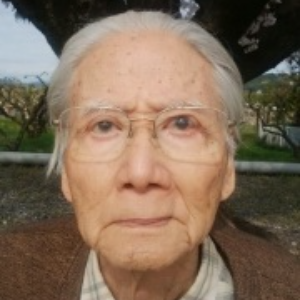Title : Why and how the bio-electric activity of plant roots is awoken when the leaves need water? A very rapid signal transmission from aerial part to root
Abstract:
The simplest and scientific method to determine the bioelectric activity of a plant root is the measurement of the“trans-root electric potential” (TRP), i.e. the electric potential difference between the xylem apoplast and the earth surrounding the root. (Okamoto & Masaki 1999, JPR). During the long field observation on a kaki tree in the field, we became aware of the following two conspicuous phenomena;
(1)The amplitude of the diurnal osscillation of TRP increases very much just before the unfolding of tree leaf buds when the transpiration activity is still poor, and rapidly decreases after unfolding of the new buds; suggesting the relation between active transport of water and TRP.
(2)When the transpiration from tree leaves is inhibited by heavy rain or by sudden fall of air temperature in summer, there takes place a very rapid positive shift of TRP, almost simultaneously;this phenomenon suggests a very rapid signal transmission from leaves to roots. We established a hypothesis: this signal should be the lift of the xylem hydraulic pressure (transmitted for a long distance with a sonic speed in water). We constructed an apparatus which enables simultaneous recording of TRP and artificially applied xylem pressure and demonstrated the positive shift of TRP( up to 80 mv) with the application of the excess xylem hydraulic pressure(up to 100 kPa) in the saplings of 11 tree species, without exception.This reaction is season-dependent, not observed in winter, most vigorous in summer.



